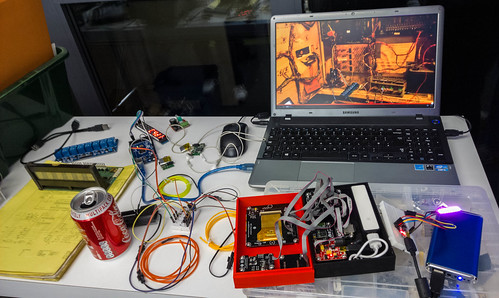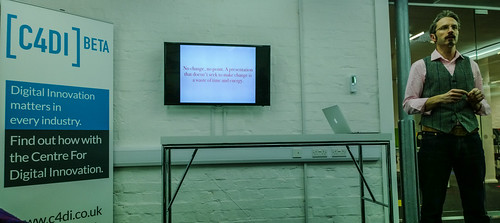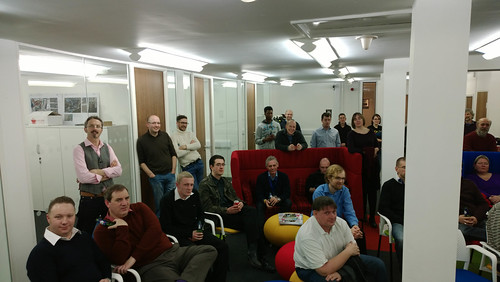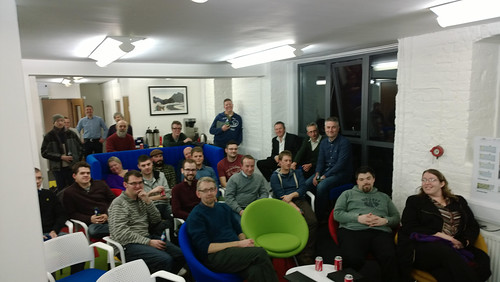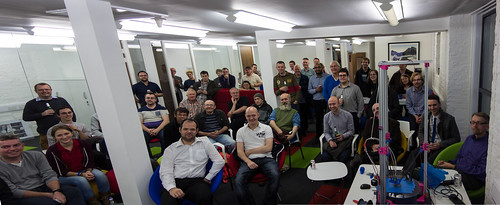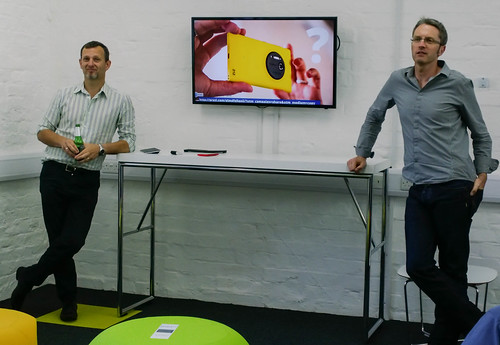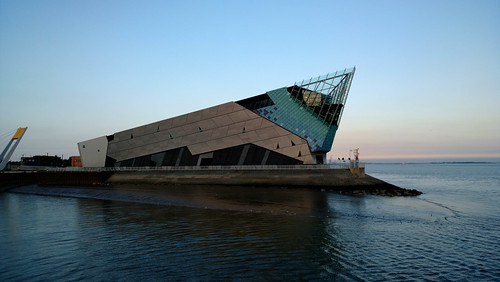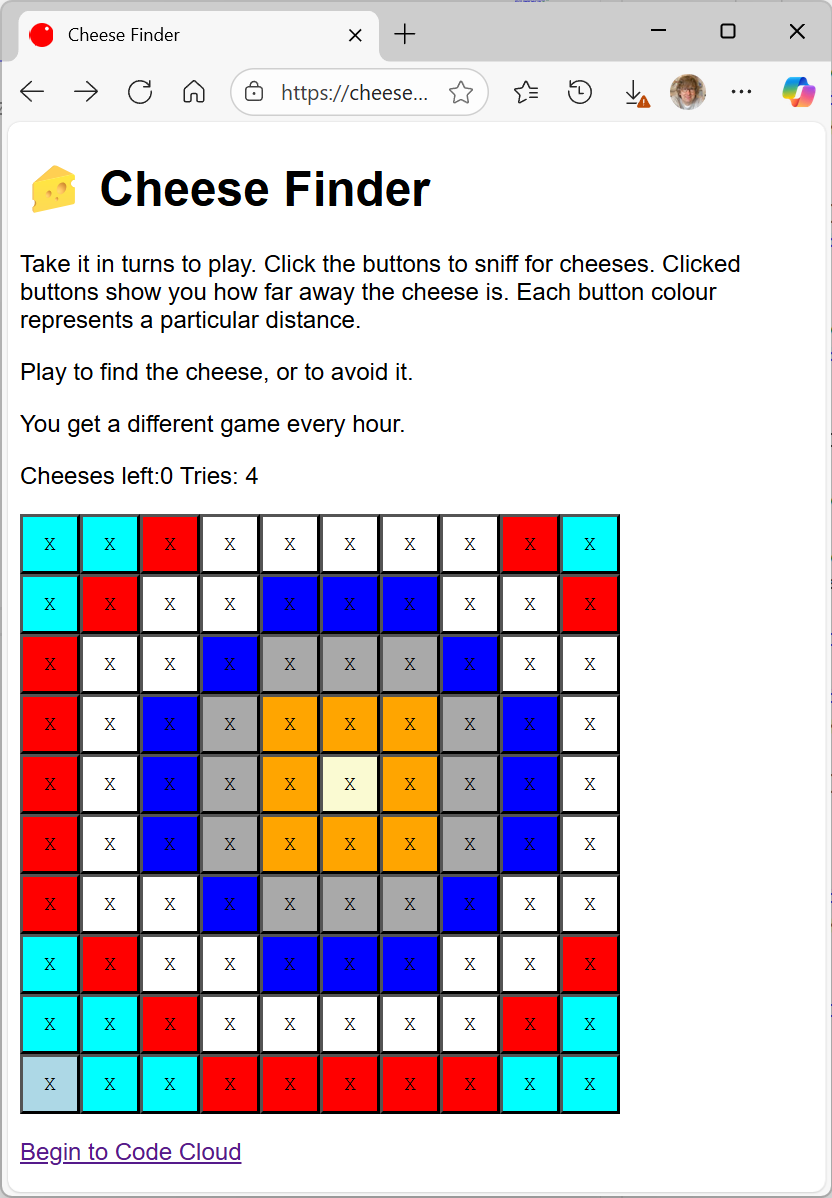Knife Throwing at the C4DI Developer Meetup
/OK, so we didn't actually throw any knives. Because if we had I think that people would have died. Those knives were sharp, really, really, sharp. Jon was running his finger over the blades and saying how sharp they felt. I reckoned I'd make that judgement just by watching him....
Some people regard cooking is an art form (as opposed to something you do when you feel a bit peckish). The company CuttingEdgeKnives sell knives to such people. If you want the best tools for the job, these are the business. They are hand crafted in Japan and really look and feel the part.
You might be wondering what they have to do with software development. Well, tonight at C4DI James Young, Creative Director from Offroadcode was explaining how diversifying into luxury knives had paid dividends for the website development business. It's all very well making Content Management System (CMS) based sites for companies that sell stuff, it's quite another thing to be putting stuff in boxes and selling it via a CMS powered site of your own.
James made some very valid points as he described the trajectory from an initial investment in a box full of knives to successful niche business. Some points from his talk that I think make a lot of sense if you're selling things:
- If you want to use Google and Facebook to promote your products this is really, really tricky to get right. Get in some appropriate expertise if you are going to do this.
- Competitions and paid advertising don't work as well as you might expect, but giving samples to influencers and reviewers does.
- Writing good editorial copy (and regularly updating it) will help sell your product.
- If your customers need to think a while about a purchase give them time to do this by ensuring your shopping carts take a very long time to expire.
- Address customer concerns about a purchase directly and at the point where they are making the transaction.
- Ask your customers "Did we nearly lose your business?" to find out what might be stopping others from parting with their cash.
The talk left me thinking that setting up a niche business like this is not a bad idea, and it gives you a lot of credibility. If someone is about to hire you to build them a site that helps sell stuff, it is useful to be able to show that you have built a site that works for you.
All in all a great talk, followed by Pete Duncanson, Founder and MD of Offroadcode, who talked about the fun you can have when using Content Management Systems (CMS) to build web sites for clients. A CMS system provides a friendly interface that lets a company edit their product range, prices, special offers etc and generates a web site that their customers can interact with. All the product details are held in a database and the CMS is customised for the business needs of the particular client company. Offroadcode use Umbraco, which is a system I've heard good things about and seems to work very well.
Pete gave a very good exploration of the psychology of dealing with clients who take your lovely web design and then subvert it to the point where you aren't proud of having made it any more. He explained how and why this happens and offered a lot of human and technical tips to make sure that the integrity of your design is preserved as long as possible. Some points he made include:
- Plan for expansion. If the client swears that there will never be more than three of something, plan for an infinite number. If they promise that the number of items on a page will always be small, add paging anyway. This is not because clients tell fibs, or are silly, it is just that business needs change over the lifetime of the site, and the operators of the system might not be the people that gave you these design assurances.
- Add pickers. Letting the operator enter an item directly is nice enough, but if they can pick one from a list, and then go back and fetch that item again, then they will thank you when they have to add the "Christmas Special Offer" again next year.
- Constrain as much as possible, but in a constructive way. You don't want huge images on sites that the client creates, but just refusing to upload them will cause offence and lead to support calls. Much better to resize and then cache the image so that you can send out appropriately sized pictures when your system serves out the web pages.
- Use sensible names and be consistent about them. If you have a field called "Page Header" which is the header for one of your pages, use the same name throughout.
This is all good, solid advice which is not a million miles away from what we tell our students on the Software Development modules. And it was all presented in a very entertaining way. Great stuff and a most enjoyable evening.
If you are not coming along to C4DI events, you are missing out. All the events are free and open to anyone, including Hull students who really, really should come along.
The next C4DI event is the June hardware meetup. You can sign up here.
The next C4DI develoepr meetup is also in June. Sign up here.
















